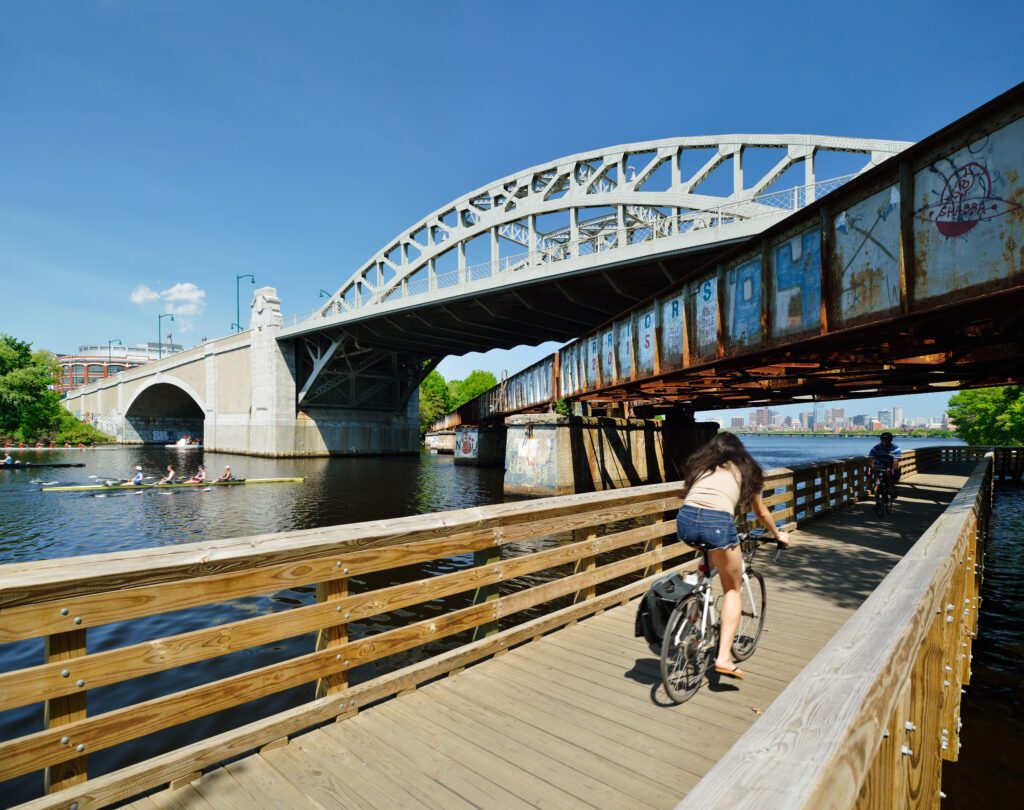Boston University (BU) is a private research university in the heart of Boston, Massachusetts. The BU Terriers are known for rigorous academics, a globally diverse student body, and a campus that plugs students directly into a world-class city. With more than three hundred academic programs on offer, it’s not hard to see why it’s a compelling choice for students seeking both breadth and depth in their studies.
Curious how competitive BU is right now, and what that means for your application? Let’s break down the numbers and turn them into a plan you can use.
Why the admit rate can feel confusing
What’s going on? The BU is primarily shaped by two big forces. First, a near-record application volume in recent years; and second, a majority of the class admitted via Early Decision (ED). These central dynamics can influence the odds for your situation.
About Boston University
Before we dive into the exact percentages, let’s get to know the Boston University campus a little better.
- School system: ~35,000 students overall, with a ~10:1 student-to-faculty ratio across the main Charles River Campus and the BU Medical Campus. You’ll find notable colleges like CAS, Questrom (business), ENG (engineering), and COM (communications), each with distinct prep expectations for applicants.
- Application timing:
- Early Decision I (binding) – Nov 1
- Scholarship priority deadline – Dec 1
- Early Decision II (binding) – Jan 5
- Regular Decision – Jan 5
- Testing: BU remains test-optional for students applying through fall 2028 and spring 2029 (i.e., the Class of 2029 cycle). This policy applies to all undergraduate schools/colleges and scholarship programs.
- Essays: You’ll write the Common App personal statement and a BU supplement (prompts vary year to year but consistently ask you to articulate interests, experiences, and fit with BU).
- Class snapshot: For the Class of 2029, BU enrolled 3,461 students; 59% of the class enrolled via Early Decision.
Curious about the campus? Check out this virtual campus tour:
Boston University acceptance rate trends, and what they mean for you
The Boston University acceptance rate fluctuated in recent years but remained in the low teens, reflecting the growing competitiveness of the college admissions landscape.
Let’s take a closer look at the recent trends:
- Class of 2025: ~18–19%
- Class of 2026: ~14%
- Class of 2027: 10.85%
- Class of 2028: ~11%
- Class of 2029: 12.83%
Keep this in mind: even when the overall rate nudges up or down, ED captures the majority of seats. That means RD feels tighter than the headline number implies. (Year-to-year movement is often class-size management and timing, not a sudden shift in academic standards.)
Actionable takeaways:
- If BU is your clear first choice, weigh ED I vs. ED II. Over half of the seats go to ED admits. If it’s your clear favorite after plenty of research, ED I can meaningfully improve odds. If you need fall grades or test results, ED II still carries a notable boost, but compresses prep time. Keep in mind that both ED I and ED II are binding, so you won’t be able to compare financial aid packages before deciding. Price scenarios with your family before you commit.
- Test-optional is real; use it strategically. If your testing is at/above that and aligns with your school context, submit; if not, lean on course rigor, sustained grades, and essays.
- “Show receipts,” not just interest. Questrom, ENG, and COM expect aligned preparation. Tie experiences directly to BU resources in your supplement.
Average accepted student profile at Boston: Class of 2029
To stand out in the Boston University applicant pool, it’s important to understand the profile of the typical accepted student. According to the latest data, the average range for admitted students is approximately:
- Unweighted GPA (4.00 scale): ~3.87
- SAT (super-scored): ~1466
- ACT (super-scored): ~32
These figures demonstrate that Boston University attracts a highly accomplished and competitive student body. To have the best chance of admission, applicants should strive to meet or exceed these academic benchmarks.
But that’s not all!

Building a profile that stands out in Boston
According to the Boston University website, your application will receive:
“A thoughtful and comprehensive review that takes into account your academic achievements and activities inside and outside the classroom within the context of your academic environment, life experiences, and background. We seek to bring together a diverse student body that is highly motivated, intellectually curious, and contributes to the BU community.”
So what does that mean for you? Let’s go beyond the numbers.
Proof of preparation (what reviewers like to see):
- Math continuity through senior year, especially for business and engineering.
- Lab science depth (Physics/Chem for engineering; Bio/Chem for health-leaning tracks).
- Humanities & communication strength for COM and CAS majors.
- Sustained impact in activities (leadership with outcomes beats long lists).
Trajectory counts.
An upward trend junior–senior year (plus a smart ED round choice) can counterbalance earlier bumps.
Context matters.
BU also evaluates challenge, consistency, and contribution relative to the opportunities at your school.
Life in Beantown
Why is Boston called “Beantown,” anyway? And what is life really like in scarlet and white? Knowing more about the campus culture will improve your understanding of whether BU is the best-fit school for you.
Academics with range (BU Hub)
BU’s university-wide Hub lets students fulfill general education across six skill areas (communication, quantitative reasoning, ethics, global/civic engagement) by choosing from hundreds of courses that integrate smoothly with any major. It’s designed for flexibility, not a one-size-fits-all checklist.
Research & innovation (from day one)
Undergrads join faculty-mentored research through UROP, which funds 500+ students annually via term and summer placements. Students plan around posted deadlines and hours. The 19-story Duan Family Center for Computing & Data Sciences (opened in 2022 and renamed in 2024) is a fossil-fuel-free, LEED-level hub for data-driven work, with classrooms, labs, and collaboration space at the campus center.
Media, storytelling, and making
COM-leaning or content-curious students jump into BUTV10 (student-run TV network with award-winning news/sports/series) and WTBU Radio (student-run station broadcasting and publishing year-round). Both hold regular interest meetings and publish student work widely.
Boston as your campus (careers & access)
On the Green Line, internships at hospitals, tech firms, newsrooms, and nonprofits in Boston are a short ride away. BU’s Center for Career Development powers searches through Handshake, the university’s jobs and internships platform used across 2025.

Your next steps to college
Now, you know what to do. If BU is your clear first choice and the price works, ED maximizes alignment with how BU fills its class. That said, if your profile will benefit from fall grades or a December test, ED II can be the smarter binding path. And, if affordability comparison is crucial (or you need time to show a stronger academic finish), then RD keeps options open.
Whatever you choose, anchor your application in specific BU resources and a transcript that shows challenge and consistency.
Next step: Want a second set of eyes on your BU supplement or ED strategy? Book a free consultation, and we’ll build a round-by-round plan tailored to your profile. Let us help you shine!
